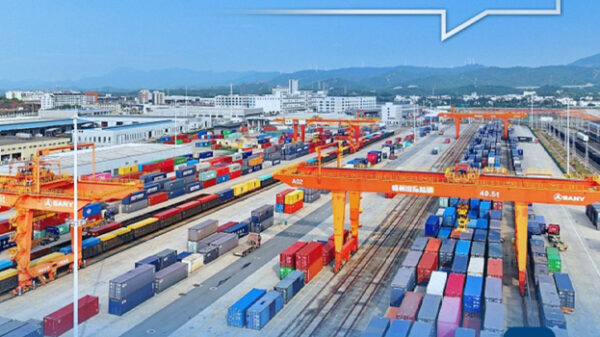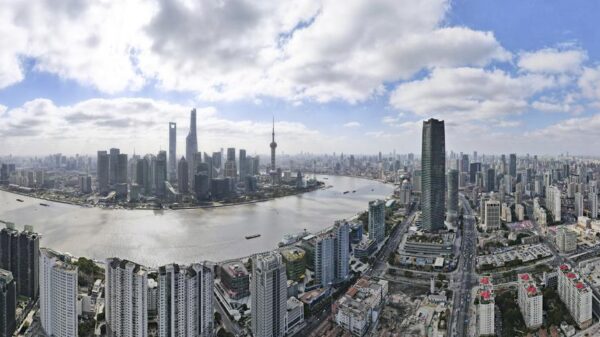
Passengers wait for a London underground train at London Bridge Station on July 30, 2012/AFP
On January 10, 1863, after three years of privately-funded construction work, London’s first underground railway line opened to the public.
Long queues formed at each of the seven stations for the chance to ride the line, in carriages lit by gas lamps and pulled by a steam locomotive.
Passengers could travel in first, second or third class, and from 1874 onwards, in smoking or non-smoking carriages.
“For the first time in the history of the world men can ride in pleasant carriages, and with considerable comfort, lower down than gas pipes and water pipes… lower than the graveyards,” enthused the Daily News newspaper at the time.
William Hardman, one of the first passengers, said: “We experienced no disagreeable odour, beyond the smell common to tunnels. The carriages… are so lofty that a six footer may stand erect with his hat on.”
That first line, designed to relieve congestion in what was then the world’s biggest city, linked three of London’s railway terminuses (Paddington, Euston and King’s Cross) with the heart of the city.
The Metropolitan Railway ran for three miles (five kilometres) and had seven stops.
A century and a half later, the Tube runs for 402 kilometres, linking 270 stations and carries passengers on 1.1 billion journeys per year.
“It became the lifeblood of London,” David Waboso, Transport for London’s capital programmes director, told AFP.
Furthermore, “the symbol of the Tube became the symbol of London”, said Oliver Green, who co-wrote the book “Underground: How the Tube Shaped London”.
The “roundel” – a red circle with a horizontal blue bar – first appeared in 1908 and is as much an indelible London icon as the Tube map.
Designed by Harry Beck in 1931 and first issued two years later, it was inspired by electronic circuit boards and only roughly resembles the actual layout of the Tube lines.














































